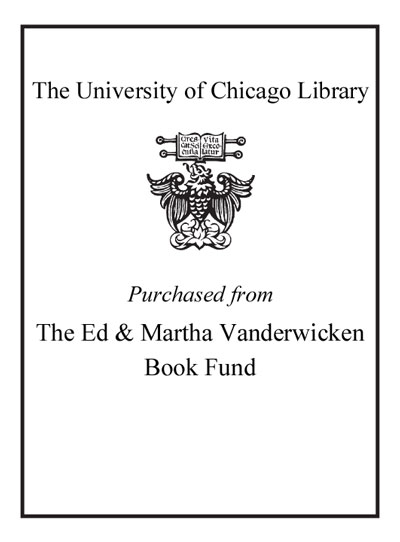Review by Choice Review
A useful addition to the literature on the methodology of ethnographic fieldwork, this slim, somewhat pricy volume covers the nuts and bolts of fieldwork--from how to conduct interviews to what types of data to collect (everything, especially in the beginning)--while rooting best practices in the theoretical foundation of ethnography as analytical science. Preceded by a brief introduction and discussion of theory, criticism, and the complexities of ethnography, the bulk of the volume is divided into the three sequences of the fieldwork process: "Prior to Fieldwork," "In the Field," and "After Fieldwork." The authors (both, Tilburg Univ.) describe the development of a research plan and provide pragmatic suggestions (e.g., have a backup recording device; keep up with transcribing interviews and organizing field notes). Both are sociolinguists and anthropological linguists, which may account for a significant limitation of this book. Most anecdotes and examples come from that perspective. The book would be even more useful if examples from sociocultural fieldwork experiences and data analysis other than the linguistic were provided. Chapters conclude with detailed notes, providing valuable information and suggestions for further reading. Summing Up: Recommended. Upper-level undergraduates and above. M. Cedar Face Southern Oregon University
Copyright American Library Association, used with permission.
Review by Choice Review

